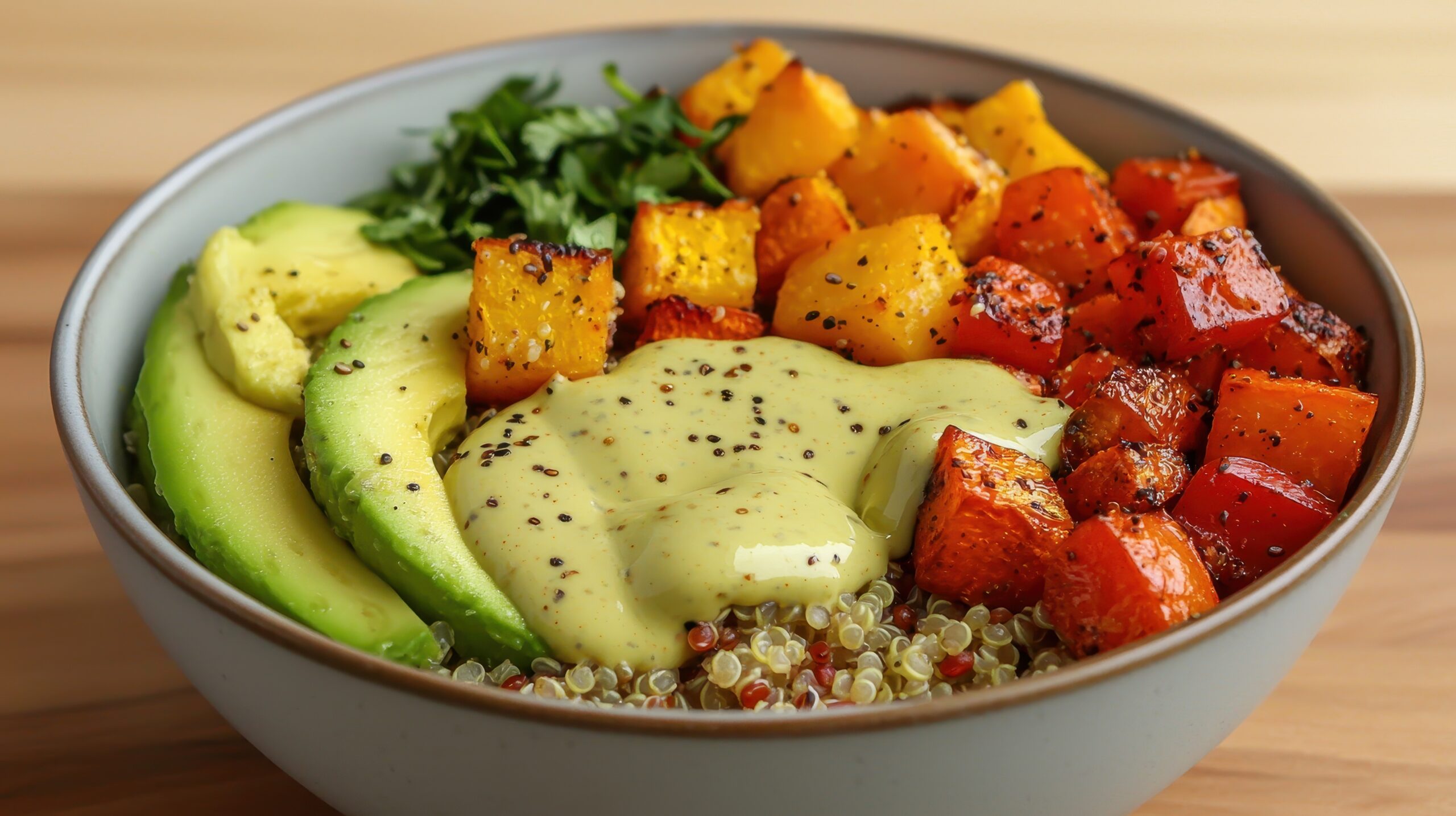Summer is weeks away. It’s crunch time! So we hit the mat and crank out crunches, right?
Not exactly. Trimming back fat and toning your muscles takes more than endless sit-ups. If you want to shed fat and see real results, you need to focus on strategies that prioritize sustainability over quick fixes.
No more yo-yo dieting. What a time-waster!
Let’s skip the crash diets and get straight to the point with these five non-negotiable steps for fast, sustainable fat loss that you can start applying today.
- Prioritize Protein to Fuel Fat Loss
Protein is a powerhouse nutrient. It helps you maintain lean muscle mass, which is essential for keeping your metabolism as high as possible while you shed fat. Plus, protein keeps you full longer, balances blood sugar, stabilizes energy levels, and quiets cravings! It’s kind of like a magic pill, right at your fingertips.
To maximize fat loss, at least 30% of your daily calories should come from protein-rich foods. Think lean meats, eggs, dairy, beans, tofu, and tempeh.
Start Doing This: Begin every meal with a high-protein food, whether it’s chicken, fish, beans, tofu, or Greek yogurt. This simple habit of shifting the order in which you eat can help you keep blood sugar spikes to a minimum and stay full, satisfied, and in fat-burning mode. Short on time? Try these no-cook protein foods to help you reach your macro goals.
- Strength Train at Least 3 Times Per Week
If you want to burn fat while building muscle, strength training is your best friend. Lifting weights—or using bodyweight exercises like squats, push-ups, and lunges—helps you build lean muscle, which in turn increases your resting metabolic rate. This means you burn more calories while you work, rest, sleep, or scroll on your phone! Strength training is key to shaping your body and ensuring that the weight you lose is fat—not muscle.Start Doing This: Focus on compound movements (like squats, deadlifts, and presses) that engage multiple muscle groups. These types of exercises will burn more calories in less time. Aim for 3 sessions per week, and you’ll start noticing the difference in just a few weeks. New to strength training? I have a whole playlist of workouts you can follow here!
- Eat Whole, Nutrient-Dense Foods, Whenever Possible
Your body was made to thrive on whole foods. It craves it, uses it, and suffers without it. Plus, eating too many ultra-processed foods leads to weight gain, hormonal imbalances, strong cravings, and a host of health issues. They can derail your progress, so stick to foods in their natural form whenever possible.Focus on nutrient-dense, whole foods—things like vegetables, fruits, lean proteins, whole grains, and healthy fats—should be your go-to. These foods fuel your body with essential nutrients while helping you stay full and satiated.
Here’s the catch, though. We’ve got a budget. And we’re not spending 3 hours in the kitchen each day. Some packaged, processed foods are so practical, we use them weekly! Check out my chat on the subject—which processed foods are fine and which you should avoid.
Start Doing This: I’m a big fan of tracking macros. It creates nutritional awareness, opens your eyes to how macro and calorie-dense different foods are, and can lead to informed healthier choices. But sometimes you just need to get dinner on the table. A simple trick is to picture your plate. When I don’t have time to count my macros, I divide up my plate like this:
- Pile half with veggies
- Fill one-quarter with protein
- Split the remaining between complex carbs (like sweet potatoes) and fats (like avocado).
- Stay in a Slight Caloric Deficit (But Don’t Starve Yourself)
To lose fat, you must burn more calories than you consume—but not by drastically cutting your intake. A too-aggressive calorie deficit can backfire by slowing down your metabolism and causing muscle loss.Aim for a moderate deficit (around 10-20% below your daily caloric needs) to ensure you’re losing fat and not muscle.
Start Doing This: Calculate your daily calorie needs (you can use my free macro and calorie guide for this), and aim for a moderate deficit. This will allow your body to tap into its fat stores for energy without causing stress or extreme hunger.
- Manage Stress and Prioritize Sleep
Stress and poor sleep can derail even the most well-planned weight loss efforts. When you’re stressed, your body produces cortisol, a hormone that can lead to increased fat storage—especially around the belly. Lack of sleep disrupts your hunger hormones, leading to overeating and poor food choices.Make stress management and quality sleep a priority for your overall well-being—and to support your fat loss goals.
Start Doing This: Incorporate relaxation techniques like meditation or deep breathing, and aim for 7-9 hours of quality sleep each night (these changes to your bedroom will help). This will not only help with fat loss but also boost your energy and mood.
Ready for Real, Sustainable Results?
These five steps aren’t just quick fixes; they’re lasting habits that, when combined, will help you achieve real fat loss, not just a drop in water weight. With consistency and patience, you’ll start seeing and feeling the results in just a few weeks.
If you’re ready to take the next step and get the support you need, I invite you to join my LEAN program. In LEAN, you’ll learn exactly how to apply these principles with personalized guidance, meal planning, and a supportive community to keep you on track. Plus, I’ll show you how to break through any barriers that are holding you back from achieving your weight loss goals.
Let’s make this journey the last one you ever have to take. Join LEAN today, and let’s make lasting fat loss a reality for you.





